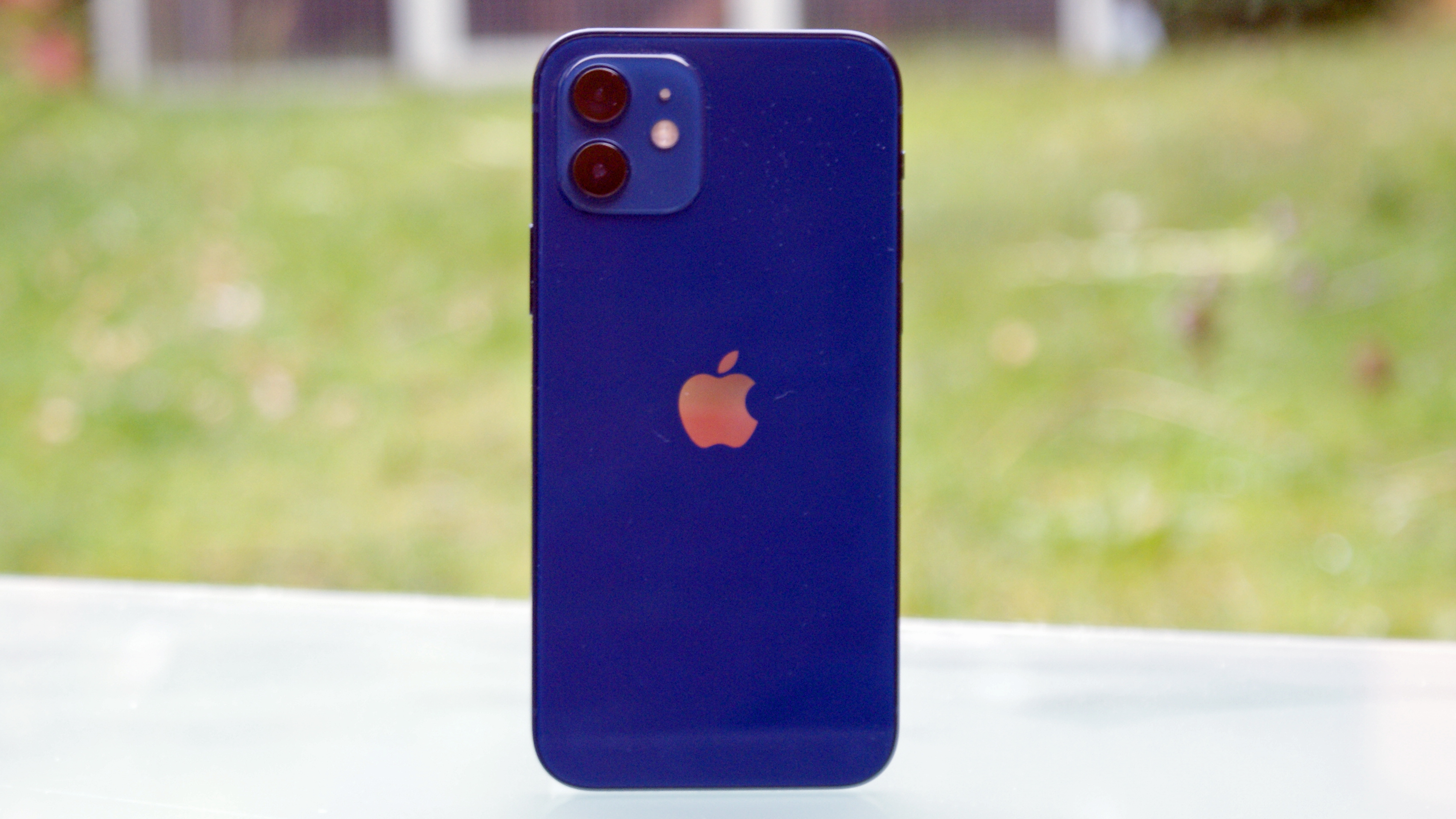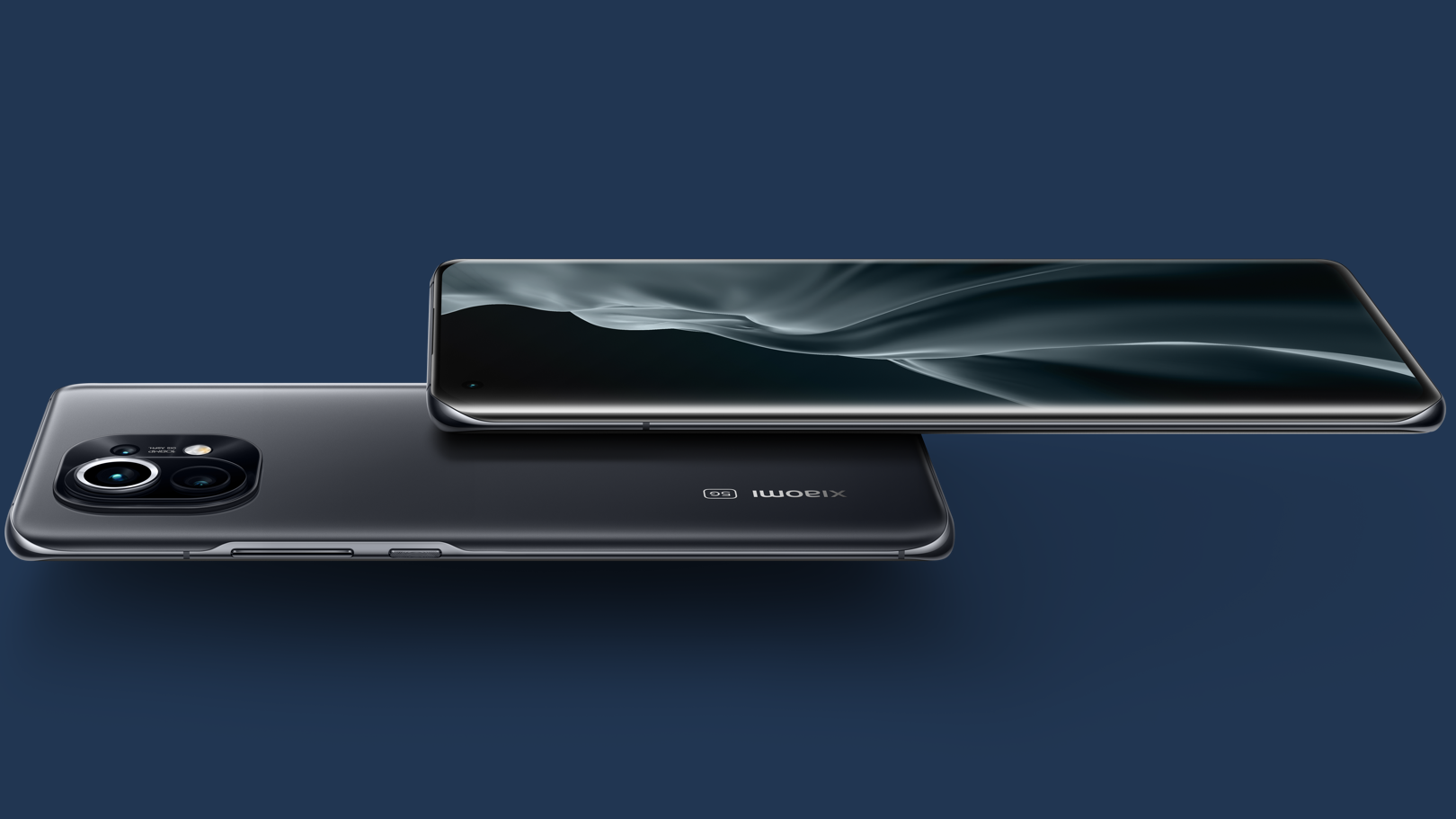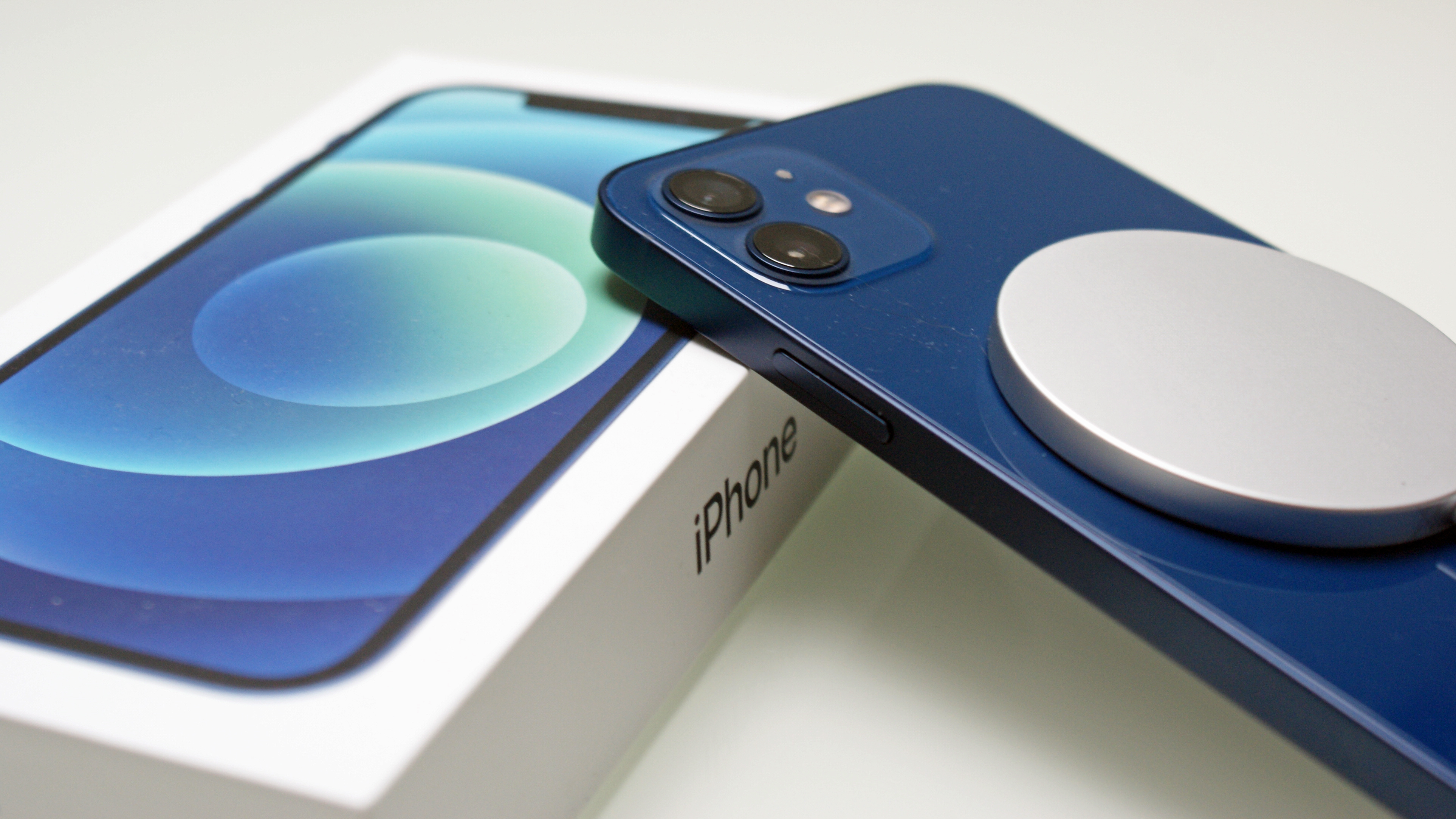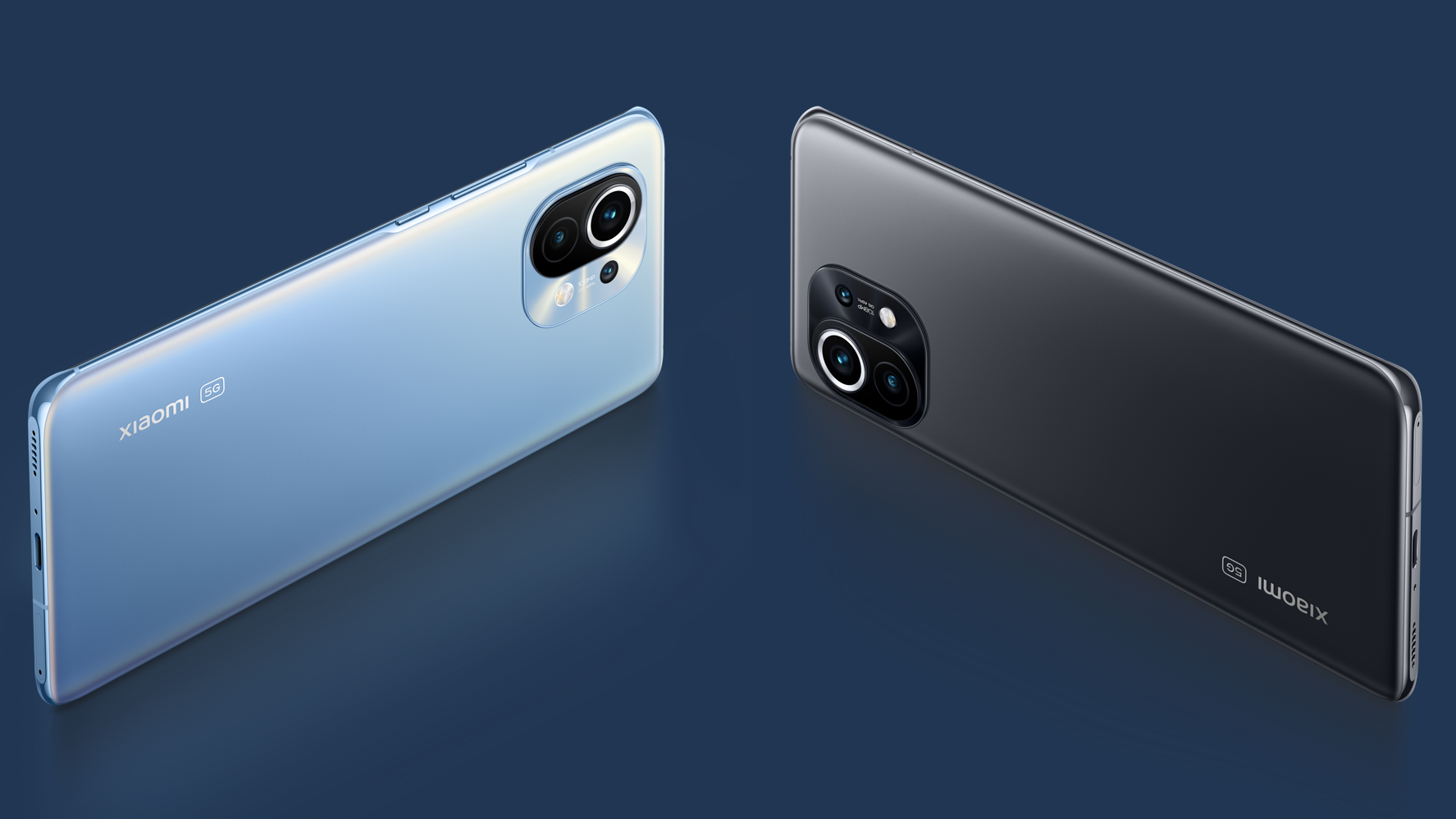Xiaomi Mi 11 vs iPhone 12: can the underdog gain the upper hand?

During the Xiaomi Mi 11 launch, Xiaomi spent a lot of time comparing the Mi 11 favorably to the iPhone 12 – a phone which is sure to be one of its main rivals. But was that a fair comparison?
While the Xiaomi Mi 11 certainly has the edge in a lot of ways, from resolution to camera numbers, it doesn’t achieve a clean sweep.
So to see how these two flagship handsets actually compare we’ve put them head-to-head, looking at every key aspect, from the design and display to the camera, battery, power, and price, so that you can make a better choice about which – if either – to buy.
Xiaomi Mi 11 vs iPhone 12 price and availability
The price is one aspect of the Xiaomi Mi 11 that we’re not totally clear on at the time of writing, as we only know the price in euros. It comes in at €749 (around $900, £660, AU$1,175) with 128GB of storage or €799 (roughly $960, £700, AU$1,250) for 256GB, but we wouldn’t expect those conversions to be particularly accurate.
The iPhone 12 meanwhile starts at $799 / £799 / AU$1,349, but for that you only get 64GB of storage. In order to match the 128GB starting size of the Xiaomi Mi 11 you’ll have to pay $849 / £849 / AU$1,429, and for 256GB of storage the iPhone 12 costs $949 / £949 /AU$1,599.
So based on the conversions above it’s likely that the Xiaomi Mi 11 will start at slightly less than the iPhone 12 in most regions, and come with a lot more storage for the money.
However, it’s not likely to be as widely available. We know that the Xiaomi Mi 11 will land in the UK in March, and there’s a good chance it will land in Australia then too, but that’s not yet confirmed, and it’s unlikely the phone will land in the US at all. The iPhone 12, meanwhile, is available globally.
Design
On the design front, both the iPhone 12 and the Xiaomi Mi 11 have a glass back and an aluminum frame. They also both put their rear cameras in a squarish block in the top left corner of the rear.
However, they look quite different from the front, with the iPhone 12 sporting a flat screen and a large notch, while the Xiaomi Mi 11 has a curved screen and a punch-hole camera.
Their dimensions and weight also differ, with the Xiaomi Mi 11 coming in at 164.3 x 74.6 x 8.1mm and 196g, while the iPhone 12 is 146.7 x 71.5 x 7.4mm and 164g. So the Mi 11 is larger in every dimension, as well as being heavier.

That’s arguably a mark against the Xiaomi Mi 11, but then it also has a larger screen, as we’ll get to shortly, and as to which has the best overall design, that’s subjective – both certainly look premium though.
However, one way in which the iPhone 12 is definitely better is its water resistance, as it’s certified to be able to withstand submersion up to 6 meters deep for up to 30 minutes. That’s more than most phones, and certainly more than the Xiaomi Mi 11, which has no water resistance rating at all.
Display
There are lots of differences between the screens on these two phones, but let’s start with the Xiaomi Mi 11. It has a 6.81-inch curved AMOLED screen with a 1440 x 3200 resolution and 515 pixels per inch. It also has a 120Hz refresh rate, support for HDR10+, and a maximum brightness of 1,500 nits.
The iPhone 12 meanwhile has a 6.1-inch flat OLED screen with a resolution of 1170 x 2532, 460 pixels per inch, a 60Hz refresh rate, support for HDR10, and a peak brightness of 1,200 nits.

So the main differences here are that the Xiaomi Mi 11 has a larger, higher resolution screen, with curves, a higher refresh rate, and a slightly higher maximum brightness.
That’s potentially a big win for the Xiaomi, but not everyone wants a big screen – or a curvy one for that matter. The former means it will be harder to use with one hand too.
Cameras and battery life
The Xiaomi Mi 11 has a triple-lens rear camera, with a 108MP f/1.9 main snapper, a 13MP f/2.4 ultra-wide one, and a 5MP f/2.4 telemacro one, which should do a better job of close-up shots than most macro lenses. There’s also a 20MP camera on the front.
The iPhone 12 on the other hand has just two rear cameras, consisting of a 12MP f/1.6 main one and a 12MP f/2.4 ultra-wide one, plus there’s a 12MP camera on the front too.
So Xiaomi’s setup seemingly has more going on, with more lenses, more megapixels, and more camera types, though notably neither of these phones has a telephoto snapper.
Both handsets have a wide assortment of shooting modes and options, and both put a focus on night mode (supporting it across multiple lenses) and video, with the iPhone 12 allowing you to record in Dolby Vision for example, while the Xiaomi Mi 11 has modes such as Magic Zoom, which creates the illusion that the camera is simultaneously zooming in and out of the scene, known as a dolly zoom.

It’s also worth noting that Apple typically delivers very good cameras, and the iPhone 12 is no exception, while at the time of writing we’re yet to fully test the Xiaomi Mi 11’s.
As for the battery, the Xiaomi Mi 11 has a 4,600mAh one with 55W fast charging, 50W wireless charging, and 10W reverse wireless charging. The iPhone 12 meanwhile has a much smaller 2,815mAh one with 20W fast charging and 15W wireless charging, but no reverse wireless charging.
While the iPhone 12’s battery is a lot smaller, that doesn’t necessarily mean it won’t last as long though, given that it has a smaller screen to power. And while the charging specs are also less impressive, there’s less mAh for it to juice back up in the first place. Plus, the iPhone 12 supports MagSafe chargers, which the Xiaomi Mi 11 doesn’t.
Specs and performance
Both of these phones are high-end. In the case of the Xiaomi Mi 11 you get a Snapdragon 888 chipset (which is top of its range), coupled with 8GB of RAM, while the iPhone 12 has a similarly speedy A14 Bionic chipset and 4GB of RAM.
That latter spec is less impressive, but Apple never competes on the RAM front and it never holds the company’s devices back. So in short you can expect flagship performance from both phones.
For storage, you get 128GB or 256GB in the Xiaomi Mi 11, while the iPhone 12 comes with 64GB, 128GB, or 256GB, and neither phone has a microSD card slot.

Both phones support 5G, but there are a couple of big differences we’ll mention in this section. The first is that while the Xiaomi Mi 11 unlocks with an in-screen fingerprint scanner, the iPhone 12 uses Face ID.
The second big difference is their operating systems, with the Xiaomi Mi 11 running Android 11 (overlaid with the company’s MIUI 12.5), while the iPhone 12 runs iOS 14. One isn’t definitively better than the other, it all comes down to which you personally prefer – and perhaps which you’re most used to.
Takeaway
On paper the Xiaomi Mi 11 comes out ahead in a lot of ways. It has a bigger, sharper screen with a higher refresh rate, plus a larger battery, faster charging, a likely lower price, and more cameras.
But it doesn’t pull ahead everywhere. The iPhone 12 has better water resistance, it’s more widely available, and it’s smaller and lighter.
Then there are the differences that don’t work specifically in favor of one phone or the other - their different operating systems and security options for example.
But what’s clear is that these two phones are worthy competitors, with high-end specs across the board, so you probably won’t go wrong with either of them.
from TechRadar - All the latest technology news https://ift.tt/2Z6LmMs

Post a Comment